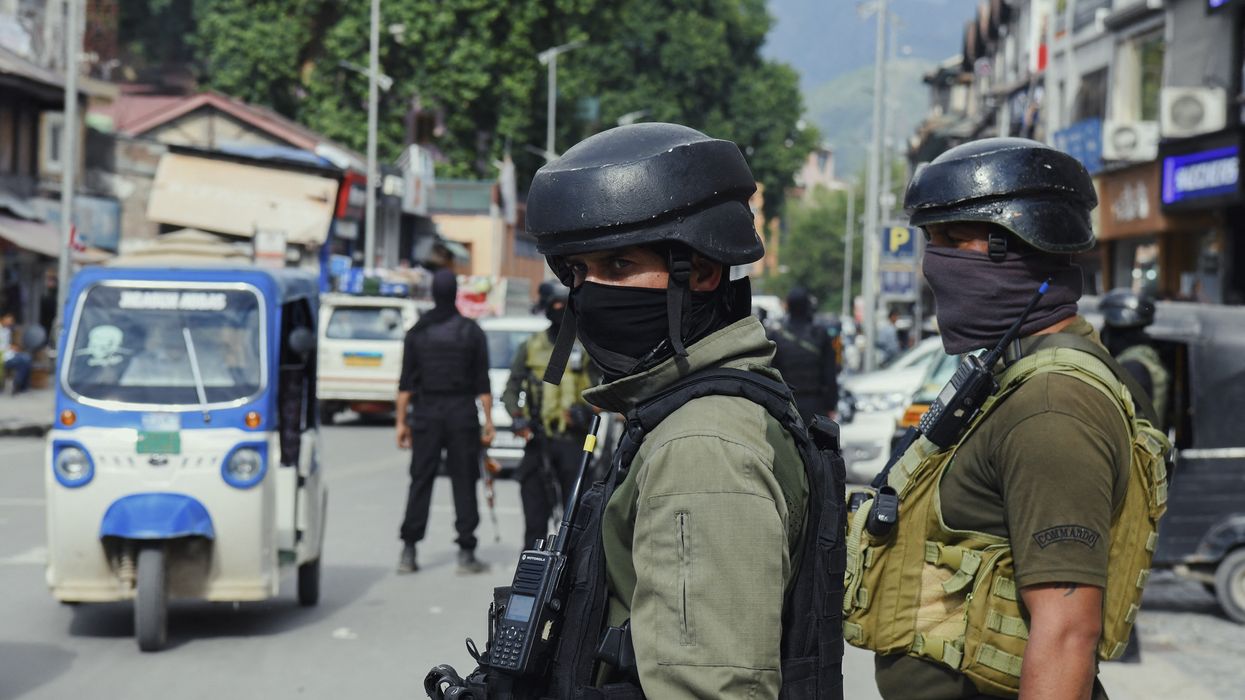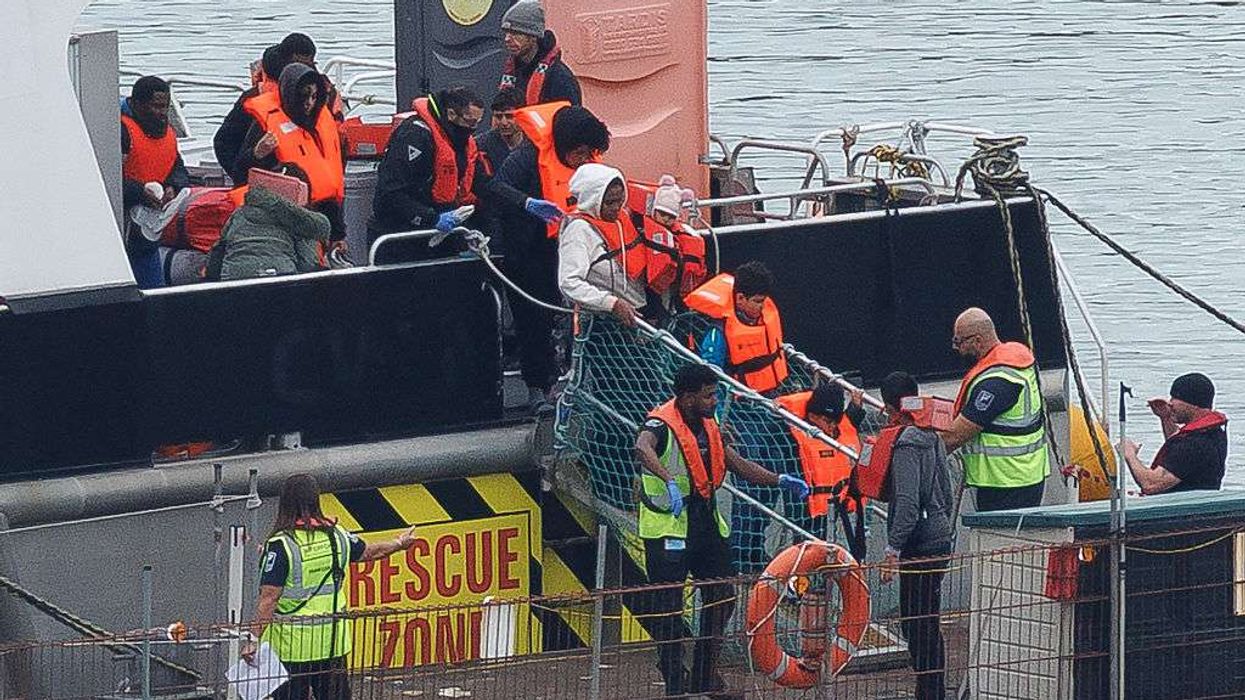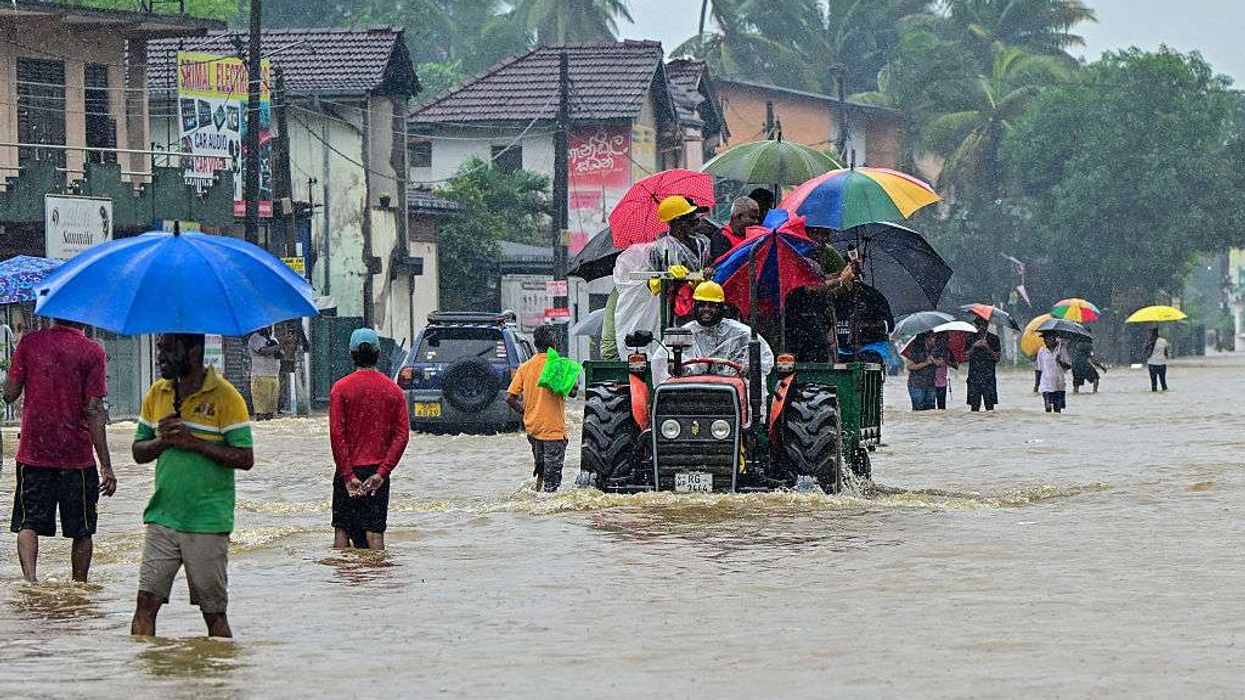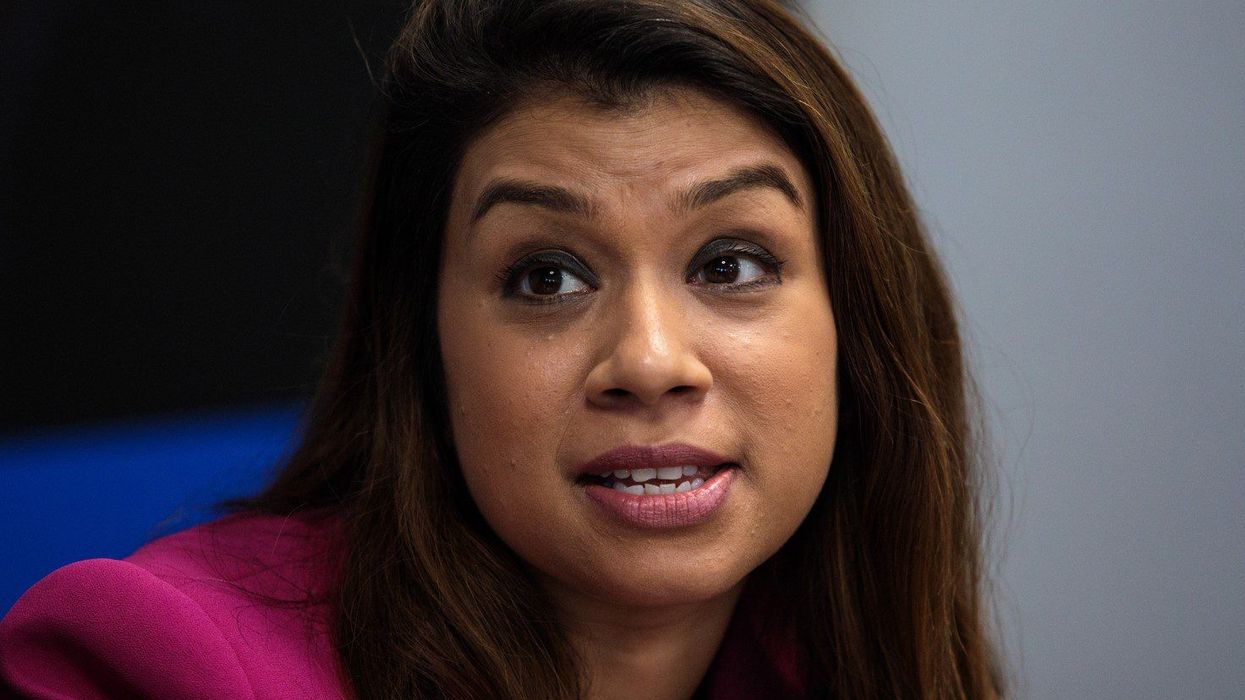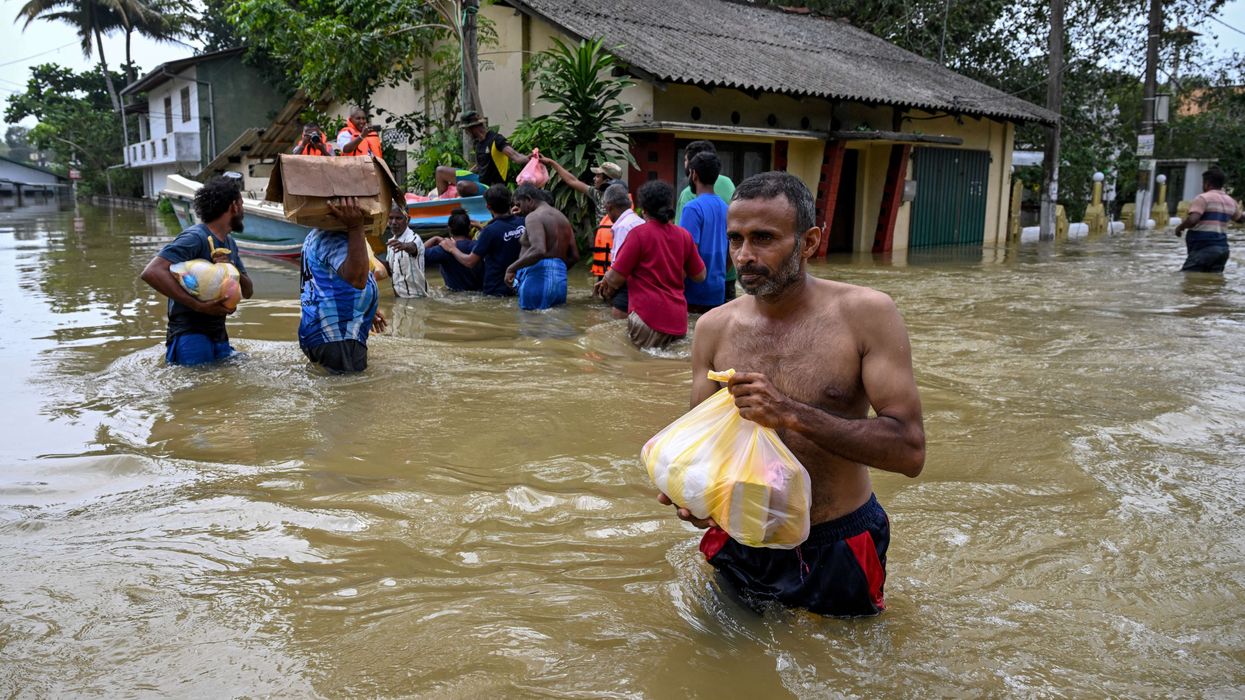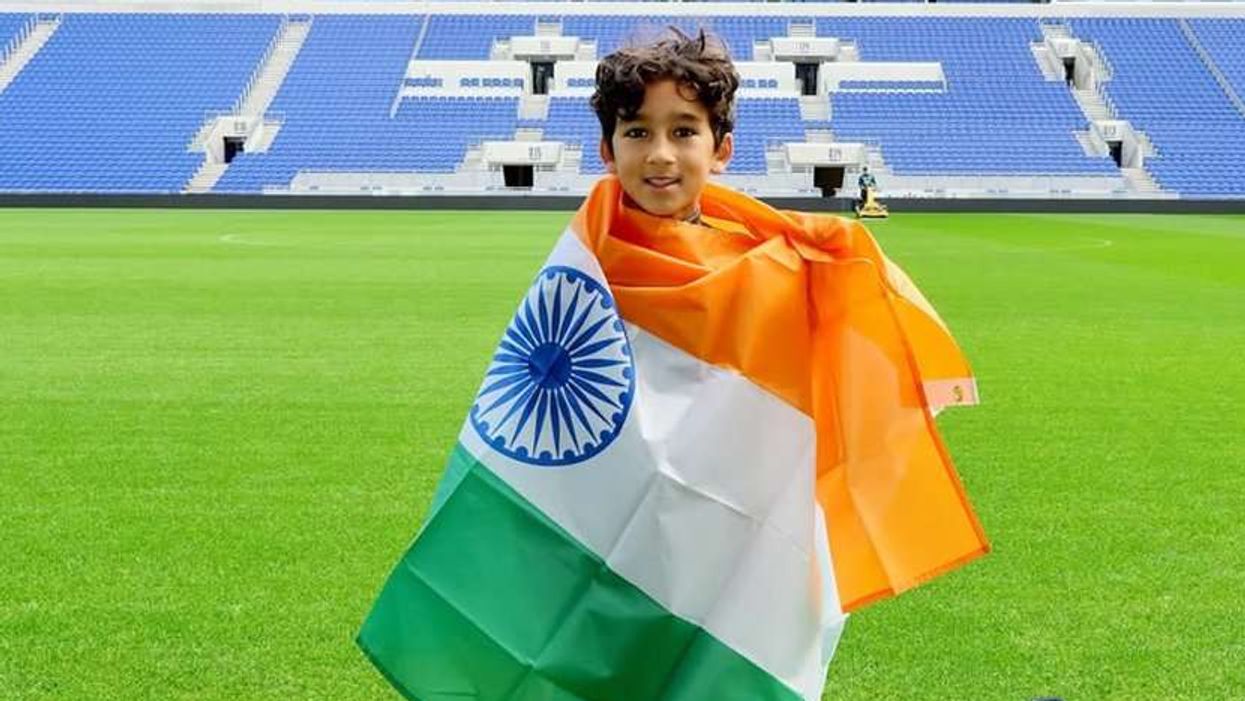INDIAN police have arrested scores of people for “sympathising” with Pakistan, a month after the worst conflict between the arch-rivals for decades, a top government official last Sunday (1).
The arrests took place in the northeastern state of Assam, where chief minister Himanta Biswa Sarma said “81 anti-nationals are now behind bars for sympathising with Pakistan”.
Sarma, from prime minister Narendra Modi’s Hindu nationalist ruling party, said in a statement “our systems are constantly tracking anti-national posts on social media and taking actions”.
One of the persons was arrested after he posted a Pakistani flag on his Instagram, Assam police told AFP.
No further details about other arrests were given.
There has been a wider clampdown on social media since an April 22 attack on tourists in Indian-administered Kashmir, the deadliest on civilians in the contested Muslimmajority territory in decades.
New Delhi blamed Islamabad for backing the Islamist militants it said carried out the attack, charges that Pakistan denied.
India and Pakistan then fought a four-day conflict, their worst standoff since 1999, before a ceasefire was agreed on May 10.
India’s counter-terrorism agency last month arrested a paramilitary police officer for allegedly spying for Pakistan, while authorities have arrested at least 10 other people on espionage charges in May, according to local media.
Sarma is also pushing efforts to stem the contentious issue of illegal immigration.
Assam shares a long and porous border with neighbouring Muslim-majority Bangladesh.
Indian media have reported that Assam’s government has allegedly rounded up dozens of alleged Bangladeshis in the past month and taken them to the frontier to cross.
The Times of India newspaper on Saturday reported that Assam was “dumping them in no-man’s land”, suggesting that at least 49 had been pushed back between May 27-29 alone. The Assam government has not commented on the reports.
Bangladesh, largely encircled by land by India, has seen relations with New Delhi turn icy, after the Dhaka government was toppled in an uprising last year. It has also moved closer to China, as well as to Pakistan.
